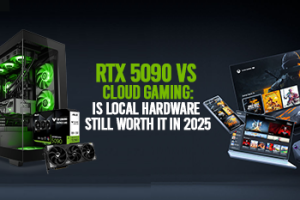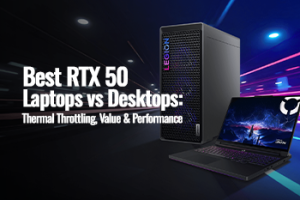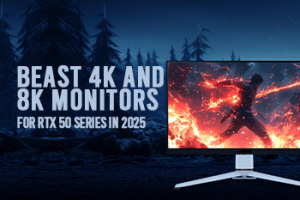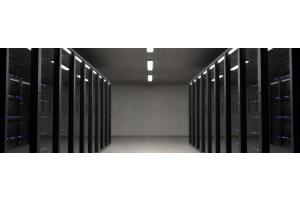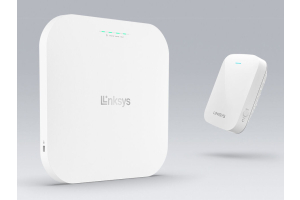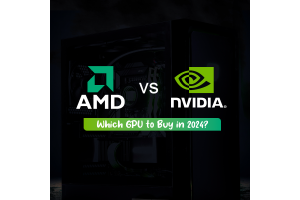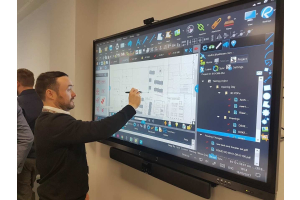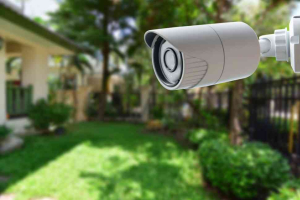Networking Hardware Explained: Key Components & Their Roles in 2025
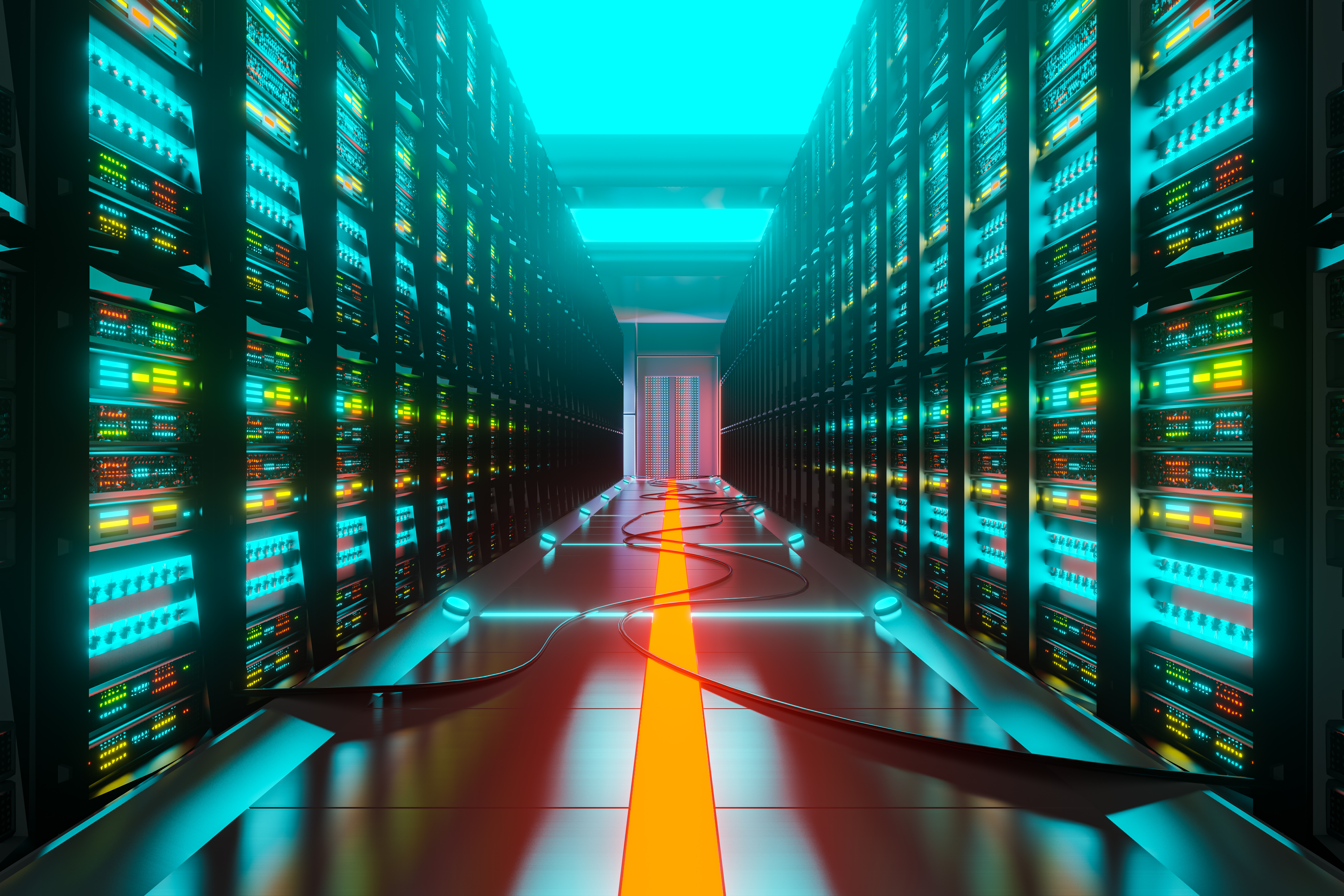
Fundamentals About Networking Hardware:
Networking Hardware, Networking Equipment, or Computer Networking Devices are the names of the same set of devices that are used for communication and interaction between hardware units operational on a computer network. These are physical electronic devices that enable computer networks to function efficiently and smoothly in order to streamline communication and interaction within an organization.
Networking hardware is, in fact add-on to Ethernet Network Protocol (a LAN Technology used for data transmission) and has been designed to cater to the increasingly complex nature of the workplace and the resultant operational necessity to have quicker communication. Twisted Pairs or fiber optic cables are generally used as a connection medium among various components of Networking Hardware.
Depending upon the nature of the workplace and industry, there can be multiple components of Networking, but some core components like Routers, Hubs, Network Switches, and bridges are most important for proper functionalized and smoother working of this vital hardware requirement of enterprises, whether SMEs or blue-chip companies.
Now let’s talk in detail about what IT Experts Mean by Networking Hardware & What the Components Of Networking are in detail
1-Network Interface Cards or Network Adapter:
Network Adapters or Network Interface Cards (NICs) are physical devices that are used to allow computers to participate in network communication. It is used to physically connect computers to networking technologies like Ethernet, Coaxial Ethernet, Token Ring, etc. The NICs are generally in the form of circuit boards or chips. These are either connected externally in the form of a small circuit board or mounted on the motherboard internally. Initially, PCs were connected to modems and, in return, to the internet through serial ports.
But later on, when LAN technology became accessible for many households, Network Adapters were designed to upgrade existing PCs to enable them to connect to the wired network directly. Now, NICs have been advanced to such an extent that they can provide connectivity to local computer networking in both Wi-Fi and Ethernet formats. The growing popularity of wireless networking and increasingly slimmer size of devices has also made it difficult to include NICs; therefore, USB-to-Ethernet adapters have been designed to tackle this issue.
The network Adapter should be matched with the network medium, that is cable used in networking. Though Coaxial Ethernet and Token Ring-like networking technologies have almost been abandoned in favor of Ethernet, the compatibility between NIC and cable should be in your mind before making a final decision.
In addition, connection type, connection speed, type of card interface (PCI, ISA, PCMCIA), network hubs, warranty, support services, and price should also be given serious consideration for selecting the most appropriate type of adapters for your organization or the nature of your workflow.
2-Modems:
The word modem is the combination of “modulation” and “demodulation” because it converts the computer’s digital signals to analog ones and vice versa. The sole purpose of this piece of hardware is to provide internet access to your PCs. Modems are generally built into devices provided by Internet Service Providers(ISPs). Though modems work in close connection with routers, there are two different things. Modems bring the internet to the home, and routers deliver the internet to all your devices at home.
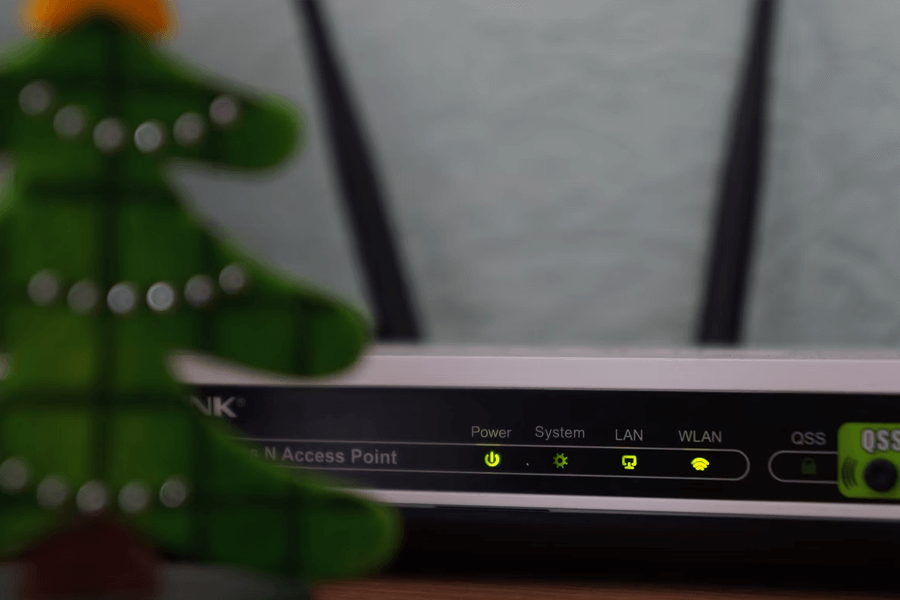
Choosing the right modem, which is best suited to your requirements, is a tricky job. A few tricks are given below that make purchasing a standalone modem budget-friendly and provide a big boost to your business. There are multiple versions of modems in the market, like DOCSIS 3.0 AND DOCSIS 3.1. The difference in the model can impact the internet speed you will have for viewing web pages, watching movies, and live-streaming social media.
A thumb rule: if the ISP is providing you 1GB or above speed, you should switch to DOCSIS 3.1 or if it does not, you should go for DOCSIS 3.0 as it is cheaper and readily available. ISP compatibility is another concern that should be dealt it seriously. Make sure that your modem is compatible with the internet service that your ISP provides. Compatibility between routers and modems also deserves your attention.
3- Routers:
Routers are devices that are used to connect two or more networks. These are used generally to connect a home-based or office-based LAN to the Internet. This device is provided with a plugged-in internet cable and multiple Ethernet ports to provide wired access to other devices. If need be or if you desire, routers can provide wireless access to other devices as well. Both modems and routers work together to perform one function, and that is the availability and accessibility of an internet connection.
But their role in wireless or wired Networking is different. Routers take the internet from modems are split it into all available connected devices in the home. In other words, if you have one Ethernet-connected device, say a desktop, you don’t need to buy a router; only a modem would do the job. But if you have smart TVs, smartphones, laptops, tablets, or mobile workstations at home, you would need routers to provide wireless internet connectivity to these devices.

Buying the right routers could be a daunting task. You should be aware of these important pro-tips:
-
The compatibility between the router you have purchased and your ISP should be of paramount concern for you. The compatibility must be thoroughly checked and tested.
-
If you are looking forward to faster speeds, the router with an Ethernet cable is the best option because the wireless speed is prone to slow down. After all, signals have to travel through the air and get in touch with many obstacles like walls, the floor, furniture, etc.
-
Depending on the requirements of your business, you can select the most suitable routers. There are multiple versions, like 11ax (Wi-Fi 6), 11ac (Wi-Fi 5), or the older version of 11n (Wi-Fi 4). Wi-Fi 6 supports speeds up to 10 Gbps and is a solid choice for most modern setups, though many ISPs still don't deliver that level of bandwidth. Wi-Fi 5, supporting up to 3.5 Gbps, remains more than adequate for many operational needs. Wi-Fi 7 (802.11be), which launched last year (2024), takes things further with even faster speeds, improved stability, and lower latency—ideal for high-performance and high-density environments. If you're planning or handling demanding workloads, considering a Wi-Fi 7 router could add extra headroom for future growth. Otherwise, Wi-Fi 5 or 6 still offers great value and reliability.
-
Routers should be MU-MIMO so that they can provide access to both wired and wireless connections to multiple devices simultaneously without affecting internet speed. Routers should also be beamforming so that they can determine the location of your device- laptops, mobiles, tablets, or whatever it is- and project a strong signal in that direction. Beamforming has become a very sought-after specification, and it is worth investing in as well.
4- Networking Hubs Vs Networking Switches Vs Routers: Which one is Better?
Keeping in view of privacy, security, data transmission form, traffic management, Open System Interconnection Layer (OSI layer), and other concerns in networking, routers are the best option. Routers transmit data in a full duplex form, that is, data can be transmitted in both directions simultaneously; therefore, it increases the traffic speed. Routers work on the most secure networking layer (layer 3) of the OSI model that ensures privacy and security.
In addition, routers use IP addresses for sending the data packet to network devices like workstations, servers, scanners, and printers and thus avoiding unnecessary consumption of bandwidth. So if you want to have LAN for a tiny office or home, go for networking hubs, but for installation of networking for a larger office or business requirements, network switches and routers are the most appropriate option and cost-effective as well in the long term.
5- Firewalls:
Firewalls are security devices installed in the network to monitor and filter incoming and outgoing internet traffic in order to protect private internet from hackers or attackers. Firewalls only permit authorized connections, data-like emails, and webpages, and don’t allow unauthorized connections to penetrate the LAN. In this way, firewalls play a crucial role in data protection and act like a wall between sensitive information and hackers lurking on the public internet for malicious attacks.
A Few Words about Morgan Ingland Ltd.
Morgan Ingland Ltd. offers a full portfolio of networking hardware and associated pre-sale and post-sale IT solution design. We have been offering a cost-effective full range of Networking Equipment, including but not limited to modems, routers, network adapters, firewalls, networking cables, Aruba Switches, access points, and more. Feel free to avail yourself of our services.









